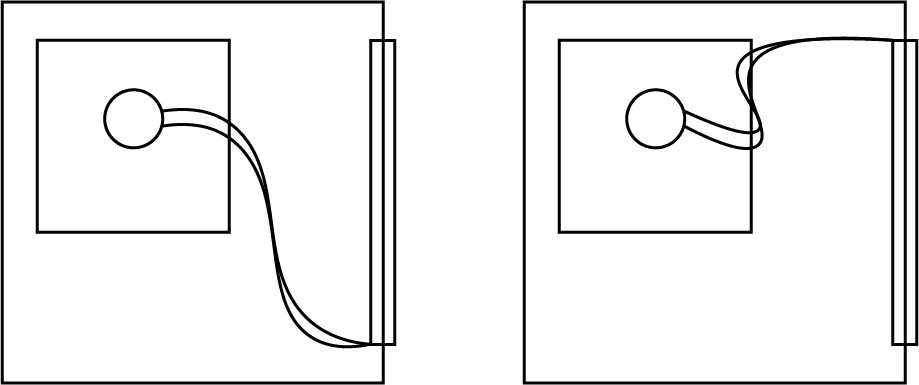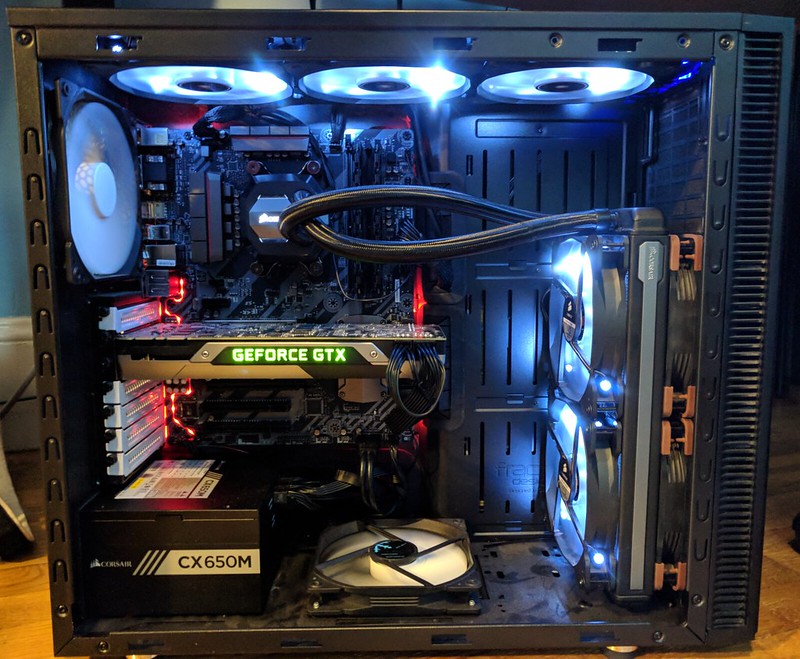When you say second image - second image left to right, or second image up and down?
You can mount it however you like, just be aware of the potential issues which might arise because of it.
Stop and think of how fluids work and always know there is a possibility for air to exist within any AIO. That said, if the pump encounters an air pocket, is it possible the pump can still function or will the potential air pocket cause the pump to not move coolant?
Remember, liquid cooling pumps used in AIOs do not pump air, they pump liquid.








